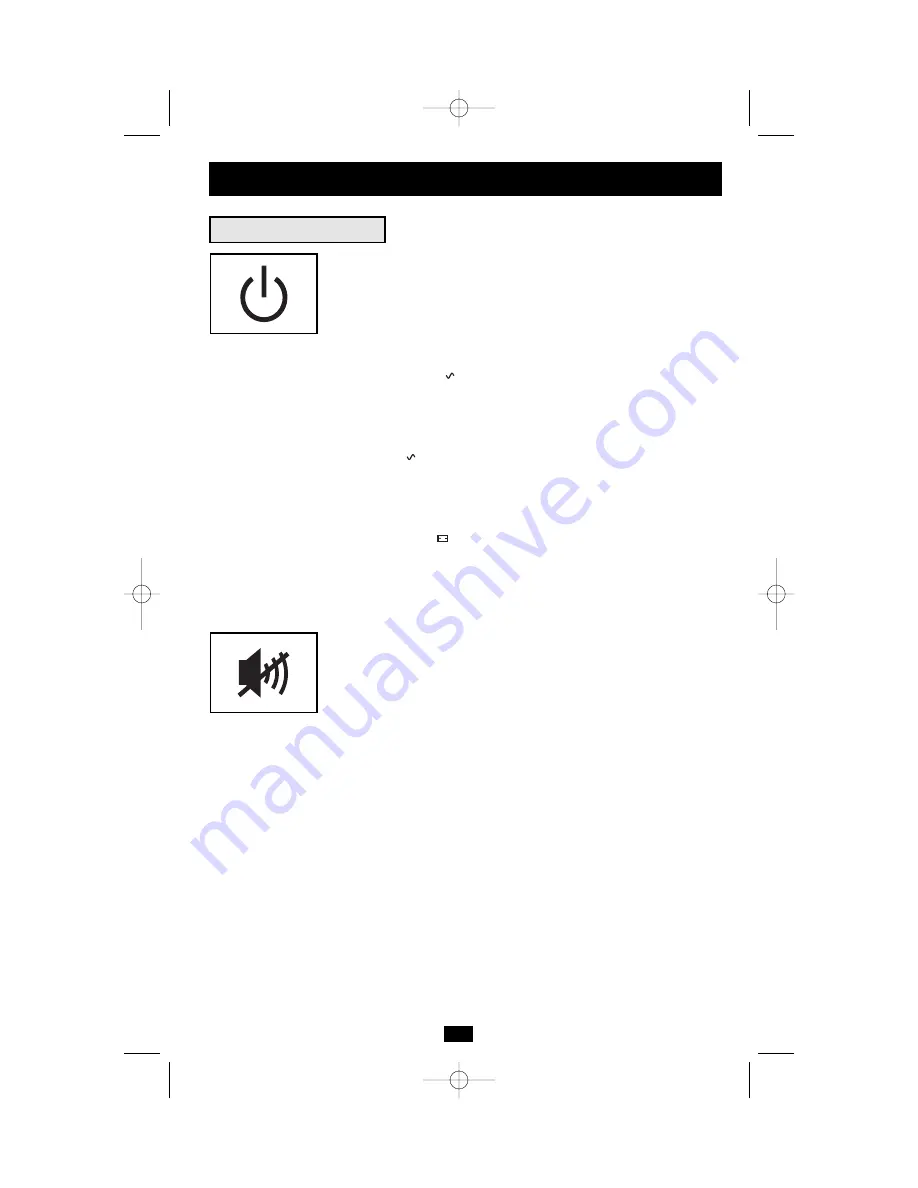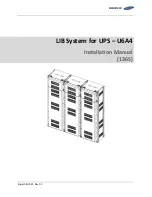
7
Use the
POWER
button to switch your UPS between its four modes
of operation.
OFF:
No indicator lights are on. The UPS is completely shut down for
storage or shipping. If the UPS is connected to AC power, it will start up in
STANDBY
mode. If the UPS is not connected to AC power and the
POWER
button is pressed for two seconds, the UPS will “cold start”
into
INVERT
mode.
STANDBY:
The “
” light is flashing. The UPS is receiving AC power
and using it to charge its batteries, but its outlets are not active. Pressing
the
POWER
button while the UPS is in
STANDBY
mode will put the
UPS in the
ON
mode. Unplugging the UPS or cutting AC power while
the UPS is in
STANDBY
mode will put the UPS in the
OFF
mode.
ON:
The “
” light is on. The UPS is receiving AC power, charging
its batteries and delivering power to connected equipment. If AC
power is lost while the UPS is
ON
(i.e. a blackout occurs), the UPS
will switch into
INVERT
mode. Pressing the
POWER
button while
the UPS is
ON
will put the UPS in
STANDBY
mode.
INVERT:
The “
” light is flashing. The UPS is powering connected
equipment from battery backup. If AC power is restored, the UPS will
switch to the
ON
mode. Pressing the
POWER
button while the UPS
is in
INVERT
will put the UPS into the
OFF
mode. If the UPS is in
INVERT
mode and its batteries are drained, the UPS will switch to the
OFF
mode until AC power is restored, then switch to the
ON
mode.
Use the
MUTE/TEST
button to do two things:
SILENCE ALARM:
Your UPS has three alarms. The first, the
INVERT
alarm, emits four short beeps every ten seconds when the UPS is
in
INVERT
mode, to warn you that AC power has failed. The second, the
OVERLOAD
alarm, emits short, rapid beeps when the UPS is in
INVERT
mode if the total power draw of connected equipment exceeds
the UPS’s output capacity, to warn you to reduce the load. The third, the
Low Battery alarm, emits a constant beep when the UPS is in
INVERT
mode and its batteries are very nearly depleted, to warn you that connected
equipment must be shut down. To silence the
INVERT
or
OVER-
LOAD
alarms, press the MUTE/TEST button. The
LOW BATTERY
alarm will only stop when the UPS switches to the
OFF
or
ON
mode.
SELF-TEST BATTERIES AND ALARMS:
If your UPS is in the
ON
mode and has a load connected, you may test its batteries by
pressing the
MUTE/TEST
button for two seconds. The UPS will
switch to
INVERT
mode for several seconds. Normally, the
INVERT
alarm (four short beeps) will sound, indicating that the system is
working properly. If the
OVERLOAD
alarm (short, rapid beeps)
sounds, reduce the load on the UPS. If the
LOW BATTERY
alarm (a
constant beep) sounds, your UPS’s batteries may need replacing or the
batteries may simply be less than fully charged. Let the UPS charge for 12
hours, then perform a second self-test. If the
LOW BATTERY
alarm
sounds again, contact Tripp Lite for service. Do not unplug your UPS to
test its batteries, or you will remove safe electrical grounding and may
introduce a damaging surge into your network connections.
Basic Operation
Buttons (Front Panel)
200208099 93-2040 SM1000RMX Owner’s Manual.qxd 9/12/2002 3:53 PM Page 7






























